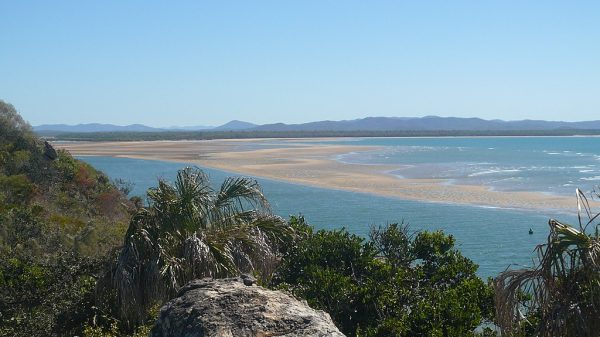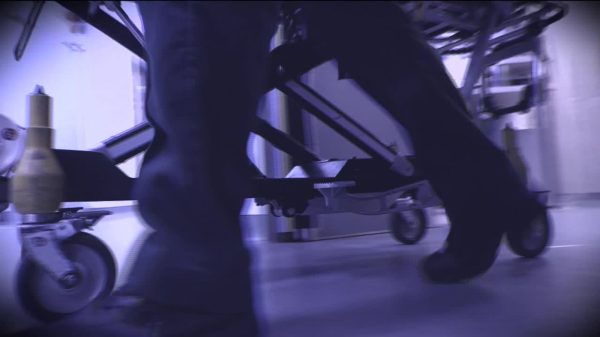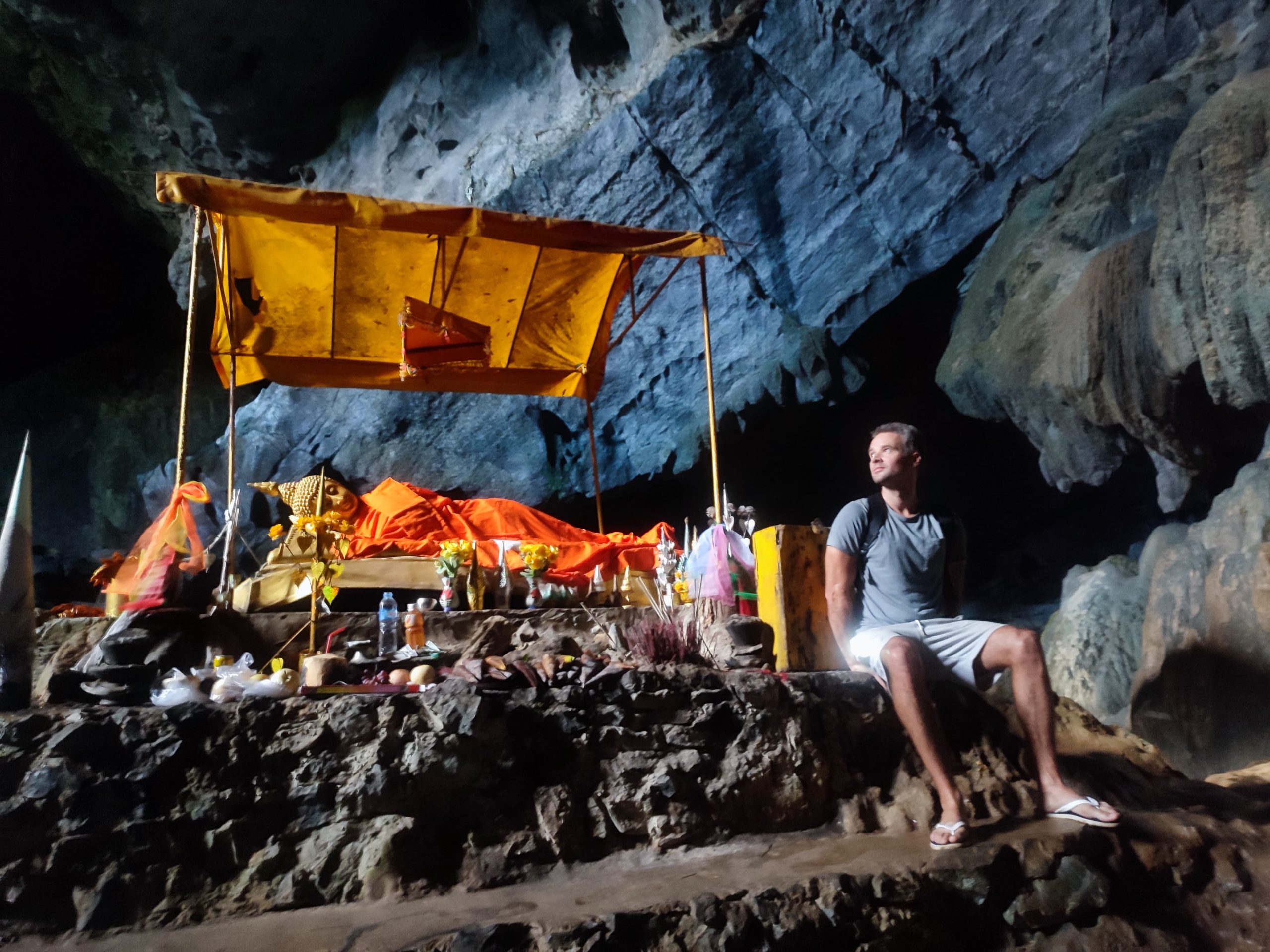Vang Vieng is about 140 km north from the capital city of Vientiane, Laos. It is popular with tourists, especially backpackers, seeking adventure sports as well as its karst topography. But recently with the opening of the China-Lao high-speed railway a new group of tourists started flocking. Taking the high speed train, Chinese from the border regions with Laos as well from as far up north as Kunming in China vacation over the weekend in the once sleepy town of Vang Vieng, writes Cristian Gherasim, reporting from Vang Vieng, Laos.
The high speed train which connects China to Laos is dotted with various stops mostly in the tourist hotspots of Laos. Luang Prabang, with its architectural and cultural significance, has been a UNESCO World Heritage site since 1995. It’s one of 10 passenger stations along the Laos-China High Speed Railway route, which opened in 2021 and runs from southwestern China’s Yunnan province via the border town of Boten in Laos’ Luang Namtha province to Vientiane. It’s the first railroad to penetrate any distance into Laos, a country whose transport infrastructure was long constrained by its poverty, mountainous terrain and sparse population.

Another passenger station is in Vang Vieng, considered one of the country’s most scenic areas with its lagoons, rivers and limestone caves.
Vang Vieng started to expand during the Vietnam War when the US constructed an air force base and runway that was used by Air America. The airstrip was then called “Lima site 6”.
Since Laos opened up for tourism in the late 1990s, the town has grown substantially due to the influx of backpackers and associated business development. The town became popular with tourists due to the opportunities for adventure tourism along the Nam Song River and in the spectacular limestone karst landscape surrounding the town. Vang Vieng has become a backpacker-oriented town, with the main street featuring guest houses, bars, restaurants, internet cafes, and tour agencies.
The town is further expanding to accommodate the growing number of Chinese tourists. Sings everywhere are in Mandarin to accommodate the growing number of people coming from the neighboring country.
The high speed train helped to facilitate the influx of tourists coming from both China and Vientiane, the capital of Laos. The highway connecting Vientiane to Vang Vieng has also been part of a share construction project between the government of Laos and China.
Vang Vieng was once known as the party capital of South East Asia when it was discovered in the 1990s by shoestring travelers. Some unfortunate accidents as well as issues with drinking and drugs led authorities to step in. In 2012, Vang Vieng’s narrative changed completely when the government shuttered most of the problematic bars and activities and repositioned the town as an eco-paradise.
Vang Vieng hosts many outdoor activities. Sitting in an old inner tube and drifting down the Song River into town, beer in hand, is a quintessential outdoor excursion on any Vang Vieng itinerary. Travelers who want to enjoy the river in a more proactive way can rent one of the many available kayaks and rafts in the afternoons, paddling into spectacular sunsets amidst mist-shrouded hills. Visitors searching for more untethered views of the spectacular landscape can climb aboard a hot air balloon for a ride over the beautiful countryside.




















